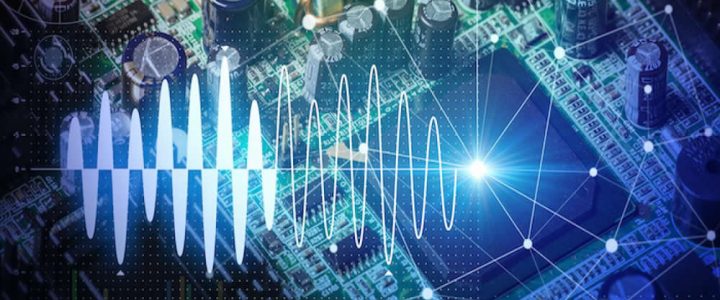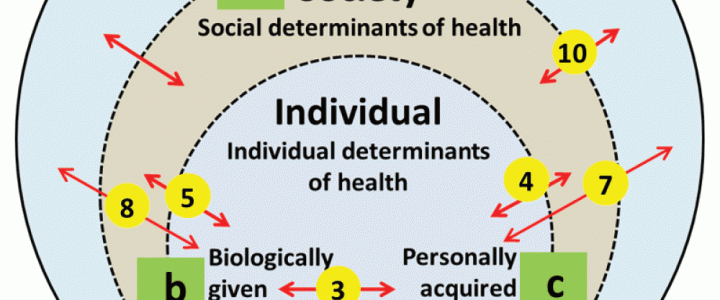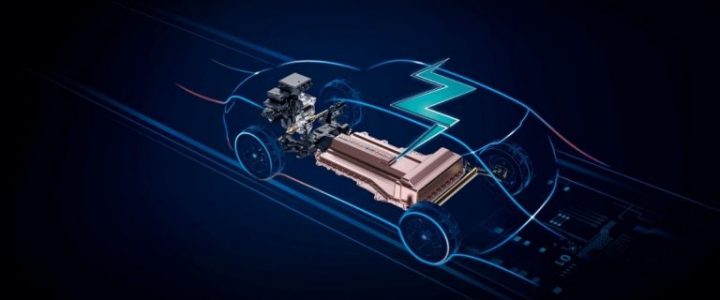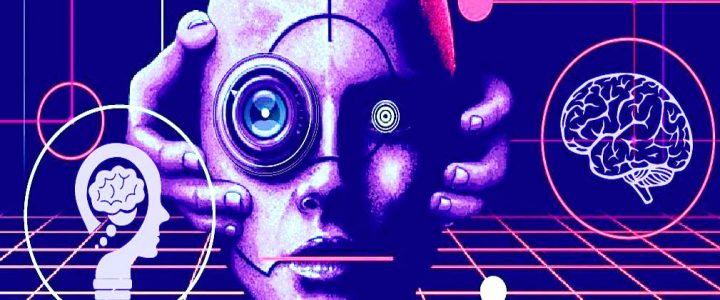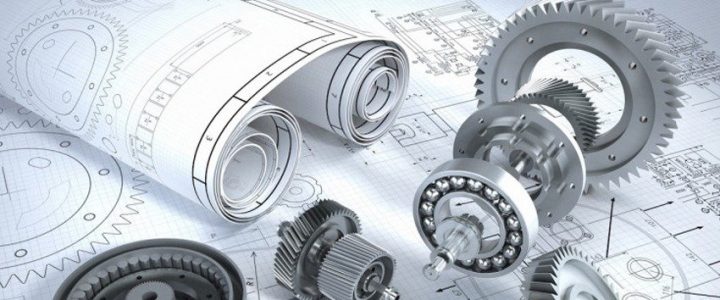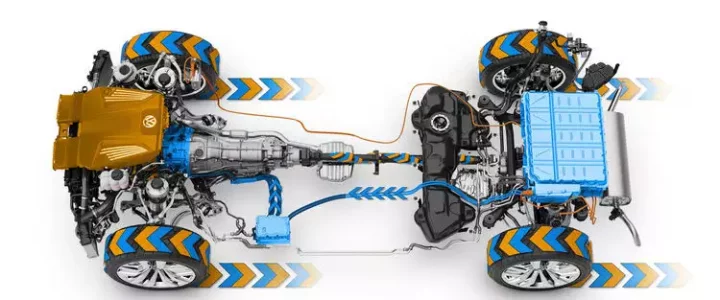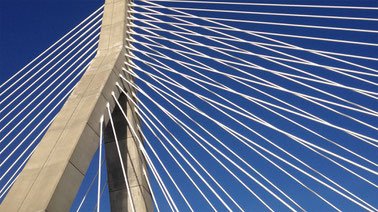| 2 YEAR | II semester | 6 CFU |
Eugenio Martinelli |
A.Y. 2024-25 new – program 📑 |
| Didatticaweb | |
| Code: SSD: ING-INF/01 |
PREREQUISITES
Basic knowledge of probability theory, signal theory, and pattern recognition.
FORMATIVE OBJECTIVES
LEARNING OUTCOMES:
Learning the basic concepts of deep learning algorithms. The main Machine Learning algorithms will be covered, followed by a focus on those related to deep learning, with particular emphasis on their application in the field of mechatronics.
KNOWLEDGE AND UNDERSTANDING:
The student acquires knowledge related to the field of Machine Learning, with particular reference to the ability to extract quantitative and qualitative information from images and videos and multivariate data and their subsequent processing for regression and classification tasks.
APPLYING KNOWLEDGE AND UNDERSTANDING:
The student acquires the capability to implement the algorithms in Matlab through dedicated lessons during the course to the aim of being able to autonomously develop new codes for the solution of specific problems in different application fields.
MAKING JUDGEMENTS:
The student must be able to integrate the basic knowledge provided with those deriving from the other courses, such as probability, signal theory, and pattern recognition.
COMMUNICATION SKILLS:
The student develops a project in Matlab that illustrates during the oral exam. The project can be done in groups to demonstrate working group capabilities.
LEARNING SKILLS:
Students will need to be able to read and understand scientific texts and articles in English for in-depth exploration of the topics covered. They should also independently expand their knowledge of the subject to include topics not directly addressed in the course, particularly those connected with the rapid technological developments in the field of Deep Learning and, more generally, in machine learning.
SYLLABUS
Today, deep neural networks surpass traditional hand-crafted algorithms and match human performance in various complex tasks, including image recognition, natural language processing, and prediction models. This course offers a comprehensive introduction to neural networks (NNs), covering traditional feedforward (FFNN) and recurrent (RNN) neural networks, as well as the most advanced deep-learning models like convolutional neural networks (CNN), Variational Autoencoders, and Diffusion models.
The primary objective of the course is to equip students with the theoretical knowledge and practical skills needed to understand and utilize neural networks (NN), while also familiarizing them with deep learning techniques for solving complex engineering challenges.
This goal is pursued in the course by:
• Describing the most important algorithms for NN training (e.g., backpropagation, adaptive gradient algorithms, etc.)
• Illustrating the best practices for successful training and using these models (e.g., dropout, data augmentation, etc.) in a practical session using a phyton environment.
• Providing an overview of the most successful Deep Learning architectures (e.g., convolutional networks, autoencoder for embedding, diffusion models, etc.)
• Providing an overview of the most successful applications with particular emphasis on models for solving visual recognition tasks.
TEXTS
Pattern recognition and machine learning, Christopher Bishop.
Deep Learning, Ian Goodfellow et al.
– slides of the professor
 UNIVERSITA' DEGLI STUDI ROMA "TOR VERGATA"
UNIVERSITA' DEGLI STUDI ROMA "TOR VERGATA"
